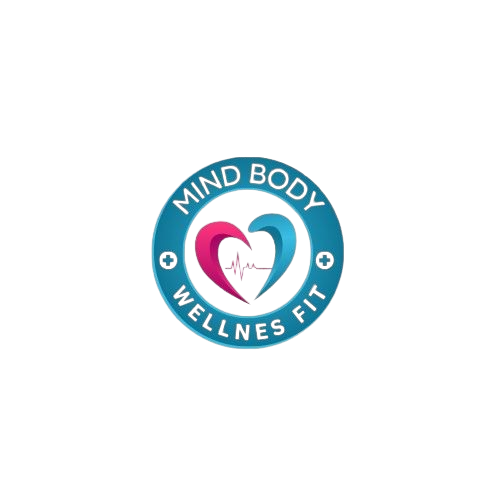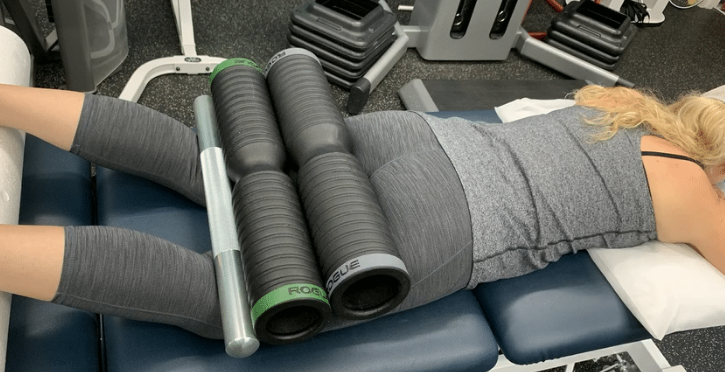Body tempering has been gaining attention as a highly effective technique to enhance flexibility and mobility, offering benefits for athletes, individuals recovering from injuries, and those looking to maintain or improve joint health. As a therapeutic method, body tempering utilizes heavy-duty tools to apply pressure to muscles and fascia, helping to improve range of motion and overall physical function. This blog explores the long-term effects of body tempering, specifically focusing on how it contributes to lasting improvements in mobility and flexibility.
What is Body Tempering?
Body tempering is a technique that involves the use of large rollers or specialized weights to apply deep pressure to muscles and fascia. Unlike traditional massage, body tempering uses heavier tools to create a profound effect on soft tissues, promoting faster recovery and enhancing flexibility. Originally developed for athletes, body tempering is now widely used in various settings to address mobility issues, reduce pain, and support muscle recovery. The method is particularly effective for breaking down fascia adhesions, improving circulation, and releasing tight muscle groups, all of which play a crucial role in improving flexibility and mobility over time.
The Mechanism Behind Body Tempering
The way body tempering works is deeply rooted in its ability to stimulate blood flow and manipulate soft tissues. By applying targeted pressure, body tempering helps to increase circulation in the muscles and fascia, allowing for better nutrient delivery and toxin removal. Over time, this process encourages the loosening of tight tissue, improving both flexibility and mobility. Additionally, body tempering stimulates the nervous system, promoting better motor control and joint mobility. These physiological responses are what contribute to the lasting benefits of body tempering for increasing flexibility and enhancing mobility.
Immediate Effects of Body Tempering on Flexibility
One of the most immediate benefits of body tempering is its ability to increase flexibility. After just a single session, many individuals experience an immediate improvement in range of motion. This can be particularly helpful for those who have tight muscles or are recovering from a workout or injury. By targeting specific muscle groups, body tempering releases tension and promotes the elongation of muscle fibers. The enhanced blood flow and tissue manipulation that occur during body tempering sessions lead to an immediate sense of relief and improved flexibility.
Long-Term Impact on Mobility
The long-term effects of body tempering on mobility are profound and lasting. Consistent practice over time has been shown to improve joint health and increase overall mobility. As muscle and fascia are regularly worked on through body tempering, the tissue becomes more pliable and less prone to stiffness. For individuals with chronic mobility issues, such as those with arthritis or tight muscles from prolonged inactivity, body tempering can provide a significant boost to flexibility and joint movement. Furthermore, over time, body tempering helps to improve posture and reduce muscle imbalances, which further contributes to better mobility.
Comparing Body Tempering to Other Flexibility Methods
While there are numerous techniques available to improve flexibility and mobility, body tempering stands out for its intensity and effectiveness. Compared to other methods like yoga or foam rolling, body tempering is known for its ability to address deeper layers of muscle and fascia. Yoga and foam rolling often provide more surface-level relief, whereas body tempering focuses on breaking down deep tissue restrictions. For individuals looking for more significant and lasting improvements in flexibility, body tempering may be a more effective solution, particularly for those with injury recovery needs or tight muscle groups that are resistant to traditional methods.
Evidence-Based Research on Body Tempering and Flexibility
Research into body tempering’s effects on mobility and flexibility is still developing, but the existing studies and anecdotal evidence strongly suggest that this technique has substantial benefits. Studies have shown that body tempering can help increase flexibility by promoting the breakdown of fascial adhesions and improving tissue elasticity. The pressure applied during body tempering has also been found to stimulate proprioception, leading to better movement patterns and joint stability. As more research is conducted, we expect to see even more compelling evidence supporting the long-term advantages of body tempering for mobility and flexibility.
Who Can Benefit the Most from Body Tempering?
Body tempering is suitable for a wide range of individuals, from athletes to those with chronic mobility issues. Athletes often use body tempering to enhance performance and speed up recovery by increasing flexibility and mobility, which helps prevent injury. Older adults and individuals with conditions like arthritis or fibromyalgia can also benefit from body tempering’s ability to alleviate stiffness and improve joint mobility. However, it’s important to note that body tempering should be approached with caution by those with certain medical conditions, and it is always recommended to consult with a healthcare professional before starting any new treatment.
How to Incorporate Body Tempering into Your Routine
If you’re interested in incorporating body tempering into your fitness or recovery routine, it’s important to start slowly and gradually increase the intensity. Sessions typically last between 15 to 30 minutes, and it’s advised to work with a certified professional to ensure you’re using the technique correctly and safely. Beginners should focus on targeting smaller muscle groups first before progressing to larger areas like the hips and back. As you become more accustomed to body tempering, you can increase the frequency of sessions, aiming for 2-3 times per week to see noticeable improvements in mobility and flexibility.
Takeaway
Body tempering is a powerful technique for improving both short-term and long-term mobility and flexibility. Its ability to target deep layers of tissue, increase blood flow, and break down fascial restrictions makes it an effective method for enhancing joint health and muscle pliability. Whether you’re an athlete looking to improve performance or someone seeking relief from chronic stiffness, body tempering offers a promising solution to improving flexibility and mobility over time. If you haven’t yet tried body tempering, consider incorporating it into your routine to experience the benefits it can provide for your body’s mobility and overall physical function.
FAQ Section
What is the difference between body tempering and massage therapy? Body tempering uses larger weights and rollers to apply deep pressure to muscles and fascia, while traditional massage therapy uses hands or mechanical tools to manipulate soft tissues. Body tempering typically targets deeper tissue layers for more profound benefits.
Can body tempering help with chronic pain or injury recovery? Yes, body tempering can be effective for reducing chronic pain and aiding in injury recovery by improving circulation, releasing muscle tension, and promoting the healing of soft tissues.
Is body tempering safe for everyone? While body tempering is generally safe for most individuals, it is important to consult with a healthcare professional before starting, especially for those with specific medical conditions or injuries.






